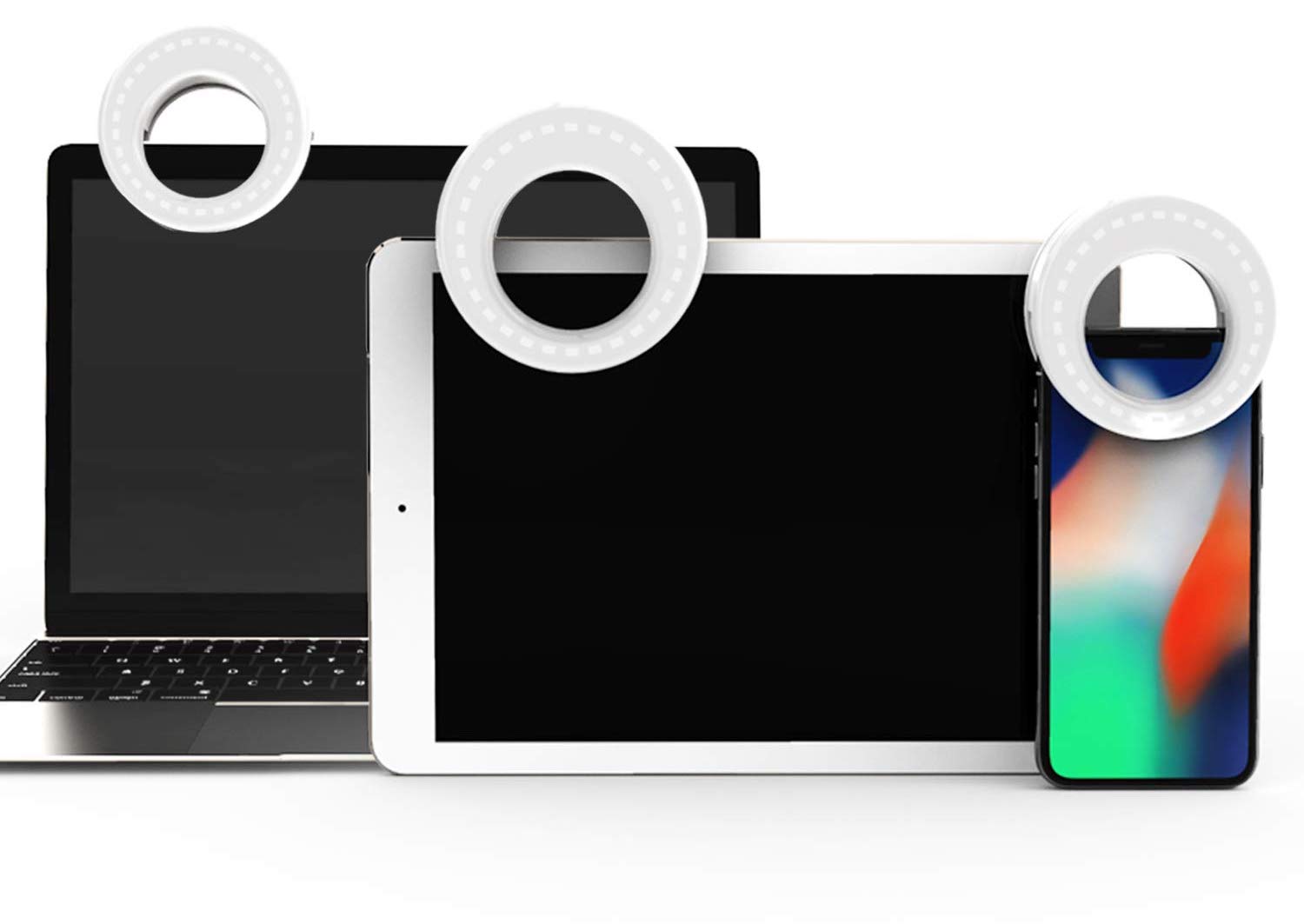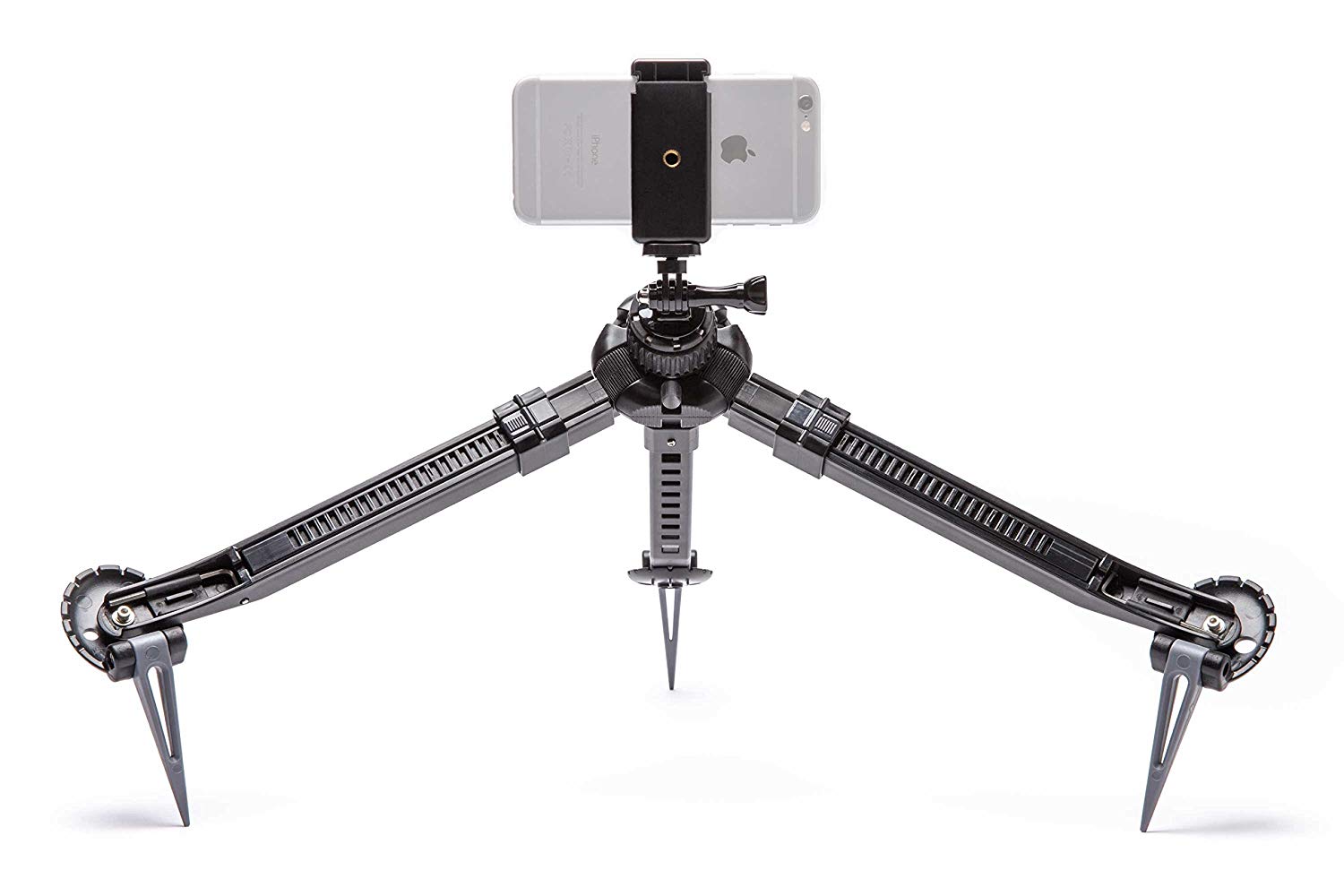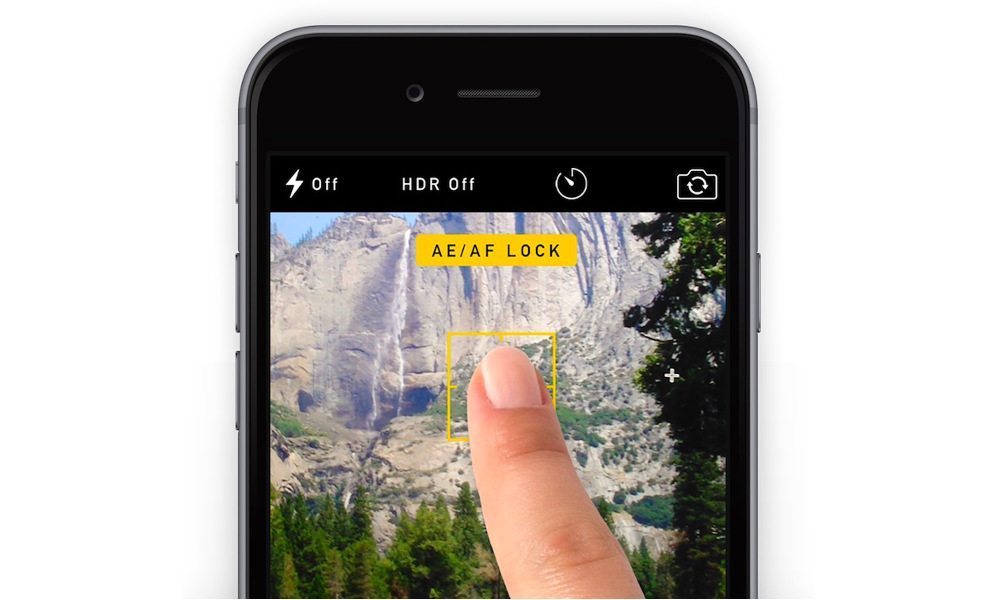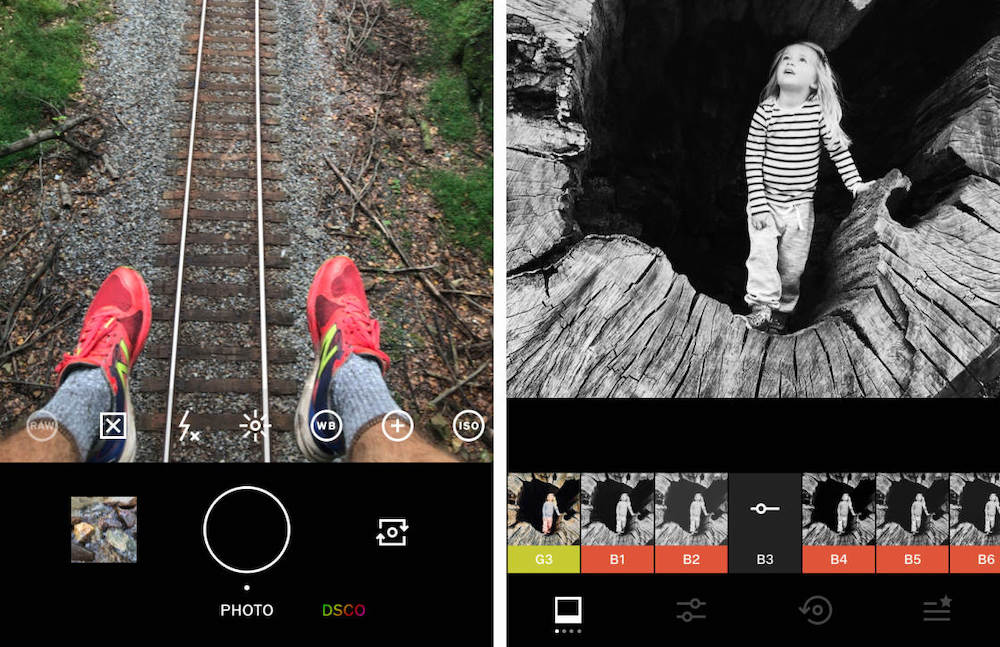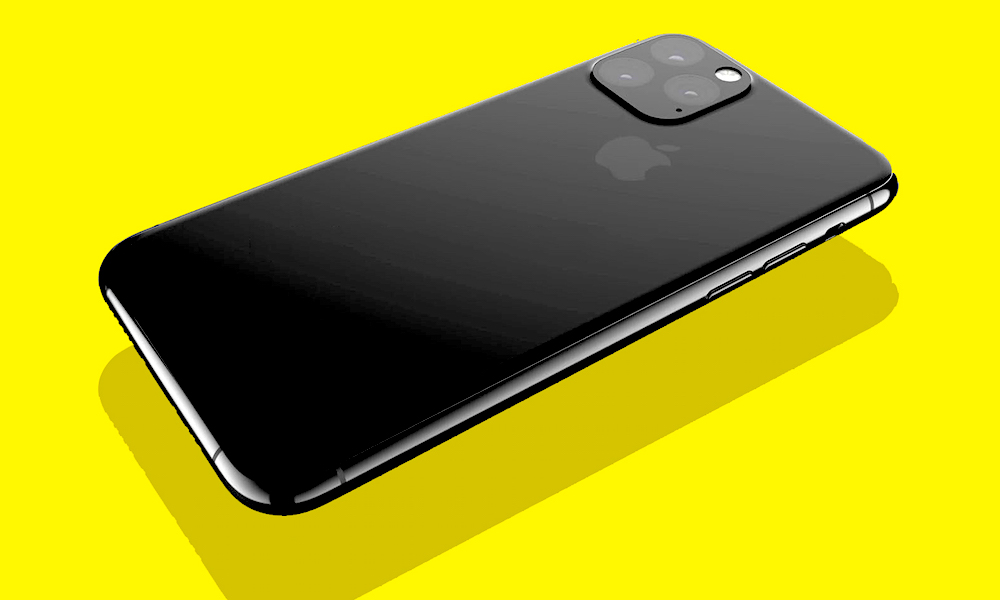7 Tips to Take Better Photos with Your iPhone in the Dark
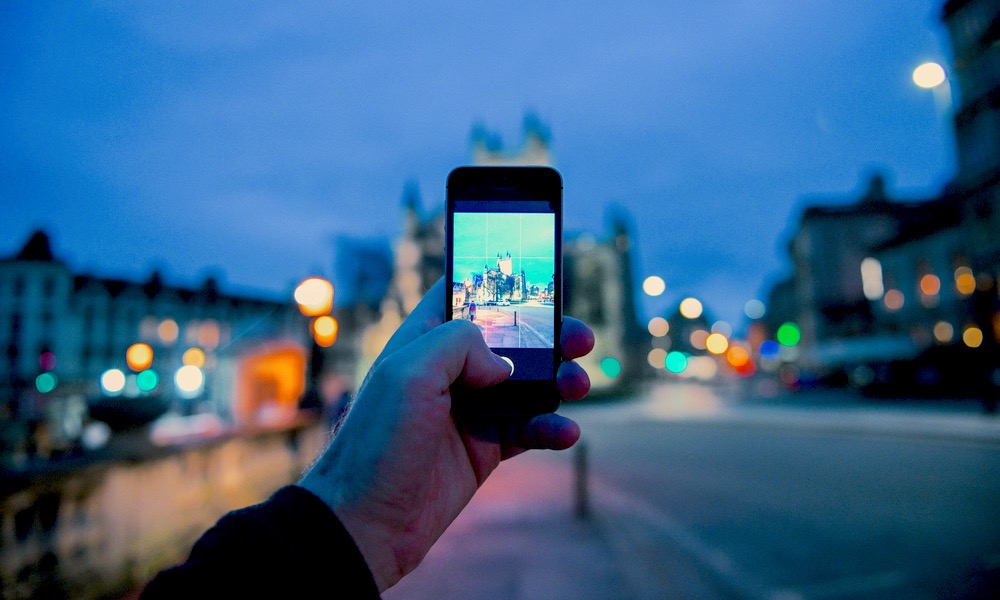 Hadrian / Shutterstock
Hadrian / Shutterstock
The iPhone in your pocket is probably the camera that you use the most in your day-to-day life. But while it’s great for most photography purposes, it doesn’t do quite as well in dark or low-light environments.
Luckily, you don’t have to restrict yourself to just taking pictures during the day. With a few helpful tips, you can still take some stunning images at night or in dimmer situations. Continue reading to learn 7 Tips to Take Better Photos with Your iPhone in the Dark.
Use the Light That's Around You...
The iPhone doesn’t have a built-in Night Mode — at least, not yet. (But we’ll get to that potential feature later.) In the meantime, you’ll have to work with what you have. So, to get the best low-light shots, try to avoid shooting in total darkness.
Instead, look for any available light close to your scene. Street lamps, car headlights, candles, illuminated storefronts, and so on. You may not get a clear-as-day picture, but shooting based on these alternative lighting sources could result in some cool and abstract pictures.
...Or Bring Your Own
If the available light in your environment isn’t cutting it, you can always introduce your own. Something simple like this ring light could help add some additional ambiance to your photos, depending on how you use it. Again, it won’t be daylight. But it could result in some dramatic and cool images.
Your iPhone, of course, is also equipped with flash. That can definitely help light a scene, but it doesn’t always result in the best-looking images. To avoid overexposing a shot with the flash, you can always try putting a piece of tape or tissue paper over the actual flash bulb.
Use a Tripod
Snapping a picture in a dark environment typically uses a slower shutter speed to capture more light. Because of that, low-light photos are often blurry — even if you’re holding the smartphone relatively still.
You can mitigate this by investing in a good smartphone tripod. But if you’re desperate, just try to hold the iPhone as steady as possible or stabilize the iPhone on a surface using a book or something similar.
Tweak the Exposure
Another trick you can try is to simply adjust the exposure of the shot.
- Just tap on the part of an image you want to be clear.
- You'll see a yellow box show up — that's the AF/AE lock.
- Just swipe up or down on the AF/AE lock to adjust the exposure.
While it may seem counterintuitive, you’ll actually want to swipe down on the exposure to make the image darker if you’re in low-light environments. Generally, that’ll help result in clearer shots and better contrast when shooting at night.
Download a Better Camera App
While the stock Camera app is pretty feature-rich and works fine for most iPhone users, it lacks a lot of camera adjustment controls. Just take ISO, for example. Generally, that’s a setting that controls how sensitive a camera sensor is to light. The higher the ISO, the more sensitive. And vice versa.
Other camera apps, like Camera+ 2 and VSCO, actually let you adjust the ISO. Try to stick to lower ISOs when shooting in low-light environments. Like exposure, this may seem counterintuitive. But turning up the camera’s sensitivity to light will usually result in grainier images.
Get a Good Photo Editor
If none of the previously mentioned methods work out, you can always try to fix a too-dim shot “in post.” While the built-in editing features in Photos or Instagram are fine, we recommend downloading a high-quality photo editing app.
Snapseed or Adobe Lightroom are both good options. As far as what you should do to a photo, try messing around with the brightness, contrast and noise reduction features. These all can result in a shot that’s Instagram worthy even if it’s originally too dim.
Wait for Apple's ‘Night Mode’
These tips all assume that you’re using an iPhone XS or earlier. But if you’ve been disappointed with low-light photography on current iPhones, don’t worry. Apple is rumored to be working on some major photographic updates to its iPhone lineup this year (which could debut in just over a month).
For one, two of the three iPhones this year could sport a large triple-lens camera setup. That could mean better performance in low-light environments, depending on what lenses Apple includes. But the company may also debut its own “night mode” like the Google


